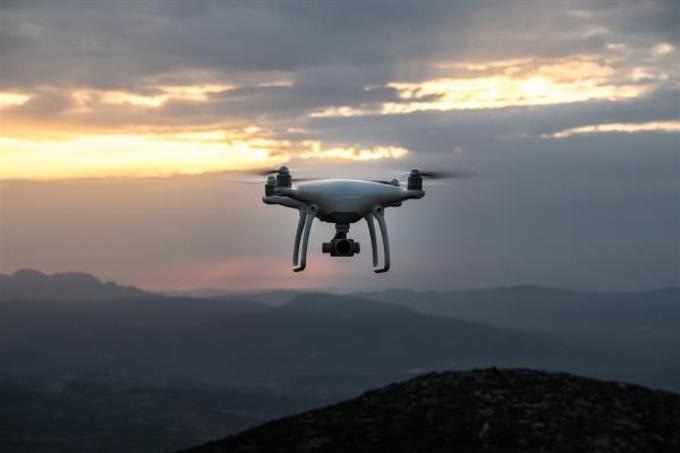May 2 2017
Scientists at Russia’s Kabardino-Balkarian State University say they have invented a new multifunctional polymer material that could be used for 3D printing drones, prostheses, and robots. Production costs would be low, making the polymers available for widespread 3D printing use.
 A new Russian-made 3D printing polymer could be used to produce drones at low cost. Credit: 3ders
A new Russian-made 3D printing polymer could be used to produce drones at low cost. Credit: 3ders
Whatever your thoughts on Vladimir Putin, it’s hard to argue that the Russian president doesn’t take seriously the subject of national defense.
Evidence for that fact was made clear in 2012, when the president founded the state-run Foundation for Advanced Research Projects (FPI), an organization designed to promote scientific research that could benefit Russian national security.
At the time of the FPI’s launch, Putin’s deputy and defense specialist Dmitry Rogozin said the foundation would put an end to “20 years of stagnation” in Russian military science. And while it may be too soon to evaluate that goal, some of the research being carried out by FPI-backed scientists appears far from stagnant.
While military research obviously gets top priority at the FPI, the organization also oversees projects that aren’t explicitly defense-oriented, such as the laboratory of progressive polymers at Kabardino-Balkarian State University in Nalchik.
Advanced plastics can be used for military applications, of course, but they can also benefit many other areas of scientific research. Head laboratory researcher Svetlana Kashirova recently confirmed that fact by revealing some exciting developments from the lab that directly concern 3D printing.
According to Kashirova, scientists at the laboratory have developed a new multifunctional polymer material that is cheap to produce, easy to manipulate, and which can be used in the 3D printing of drones, prostheses, and robots.
The lab chief revealed that the new material has been under development since 2014, and could offer a number of advantages to 3D printer users, including shorter production times, low spoilage, and a high level of material purity.
“By using our material in 3D printing, prostheses created for individual characteristics of a particular person could be printed,” Kashirova said of the new Russian 3D printing material.
“It could also be used for printing drones, powered exoskeletons, machine components, complex parts of robotic devices, and elements of a space suit.”
Kashirova said the 3D printing material also has a high level of biological inertness, making it suitable for use in medical applications.
“The materials are chemically, fire, heat and frost-resistant,” the laboratory chief added. “They could be used in environments with high temperature and radiation exposure levels. That is why the usage of the new material is quite broad: the aviation and space industry, machine engineering, the oil and gas industry, as well as others.”
While this level of detail is hardly enough to get us excited about the prospect of a game-changing 3D printing material, it’s fun to know that a small fraction of Russia’s defense resources are going towards improving 3D printing.